It’s true! Not a single person knows how much energy they use on a yearly basis, or how much each of us actually pay for it.
We would bet that when talking about energy, very few people (if any) would relate it to what they consume at home; even fewer see the connection with the energy production; and eventually, no one seems to care about the energy source of the future. Maybe it’s because we tend to care more about everything visible to the eye.
So what if we make the energy we use at home visible as well?
Then what seemed to us only a topic of discussion in board rooms, universities and governmental meetings, will feel closer to ourselves. Visibility will serve the society’s commitment to steer and lead the change! Visibility will make us aware of our habits and their impact and this is a basic step towards change led by and serving all of us.
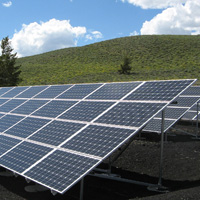
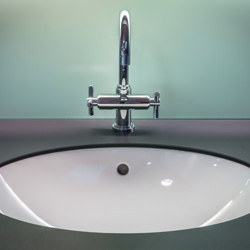 Imagine a faucet at your home… Virtually no one would leave a faucet running – to the point where we can’t even fall asleep when we hear water dripping from the bathroom faucet. We need to make sure it’s closed – period.
Imagine a faucet at your home… Virtually no one would leave a faucet running – to the point where we can’t even fall asleep when we hear water dripping from the bathroom faucet. We need to make sure it’s closed – period.
Why is that? It’s not the sound of the dripping that keeps us awake, seeing as though we can sleep perfectly fine when it’s raining outside. After some thorough questioning it appears to be the feeling of spillage keeping us awake. That one annoying drip apparently is enough to make people get out of bed, which is in stark contrast to the way we deal with our energy use.
A leaking faucet accounts for 1.575 litre per year – 1 drip per second; 20,000 drips per litre – which results in €2,37 per year of dripping. Not particularly a massive loss.
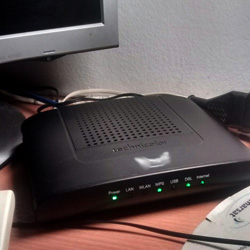 The cost of 1 Watt continuous usage for a year amounts to approximately €2. But, of course, it doesn’t end there. Most people don’t even think twice about leaving their Wi-Fi router throughout the year. Assuming it’s a 12 Watt usage, that’s the equivalent of 10 dripping faucets. Moreover, the CO2 emission of the router (± 440 g CO2 / kWh) is about 82 times bigger than the faucet’s (± 0,36 g CO2 / litre water). This is a significant difference, but it even gets bigger.
The cost of 1 Watt continuous usage for a year amounts to approximately €2. But, of course, it doesn’t end there. Most people don’t even think twice about leaving their Wi-Fi router throughout the year. Assuming it’s a 12 Watt usage, that’s the equivalent of 10 dripping faucets. Moreover, the CO2 emission of the router (± 440 g CO2 / kWh) is about 82 times bigger than the faucet’s (± 0,36 g CO2 / litre water). This is a significant difference, but it even gets bigger.
The minimum electricity usage (or baseload) of an average Dutch family is approximately 150 Watts. This use is often invisible – it’s the TV on standby, the computer in hibernation mode, the alarm clock on your bedside table, the central heating unit. But it’s the little things that often matter most. Those 150 Watts are responsible for €300 annually that people lose while they sleep. We would have to let 127 faucets drip to reach that amount. Furthermore, we would need an impressive 1,020 faucets to match the CO2 emission.
Bear in mind, this is only one household – of which there are approximately 7,7 million in the Netherlands. This means that this careless usage costs society nearly €2,3 billion every year, and negatively impacts the environment because of the extra 4,4 megatons of CO2…
In the Netherlands there is a growing group of consumers that generate their own energy by making use of solar panels, joining a local energy co-operation or using an electric car to get from A to B. These trailblazers have been mobilized, showing us how information can inspire change. By using smart meters and apps to keep track of their energy use, they know exactly how much energy is spent at home.
“Is it cheaper to buy electricity and gas from two different providers?
If so, then that’s what people will do.”
This information provides them the tools to change their behavior and set the trends in the energy market. Those smart meters, apps and other modern gadgets offer accurate and tangible feedback needed to make informed choices – it makes the consequences visible. Is it cheaper to buy electricity and gas from two different providers? If so, then that’s what they will do.
The message is crystal clear: people do want to move forward, but we need help. We need information that makes the impact of energy visible and tangible and we definitely still have a long way to go. Regardless of how connected the modern consumer is, the personal aspect of energy use is far less obvious now than it used to be in the early days.
The European energy targets for 2020 are a good trigger for action: CO2 emissions and energy use need to be reduced 20%. Furthermore, another 20% of sustainable energy needs to be generated. This clearly requires drastic changes, which means the energy transition will be top priority on political and corporate agendas for years to come.
However, the real potential for change lies in our homes and the biggest changes occur on a personal level, in people’s individual experience of energy.
Perhaps the smartest among us know exactly how much energy we have used over the past few years, while in the future we will know exactly how much we use today. Switching to a new energy provider will thus become much easier. It won’t be easy to break the trust and take the risk to do it, since in many countries the energy market is close to a monopoly.
But the first omens have been witnessed: taking the same example of the Netherlands 15,1% of energy consumers switched providers in 2015 (source: Energie Nederland). Over the years, we have become more willing to pay for fridges that use less energy and LED screens that switch off by themselves. Some of us have even reached the point where we switch-off plugs in the fuse-box before leaving the house. It’s an action that offers perspective for today and tomorrow, only if we anticipate it correctly.
The original article from Paul Hermans here


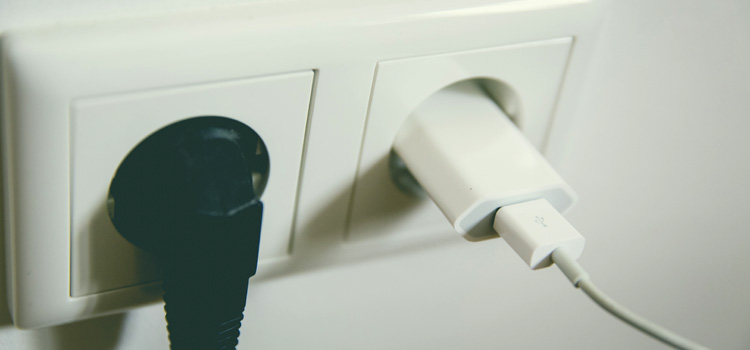
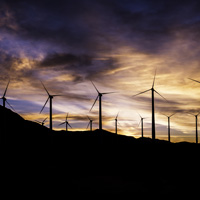
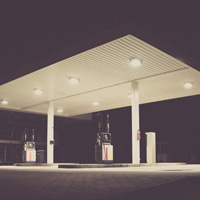

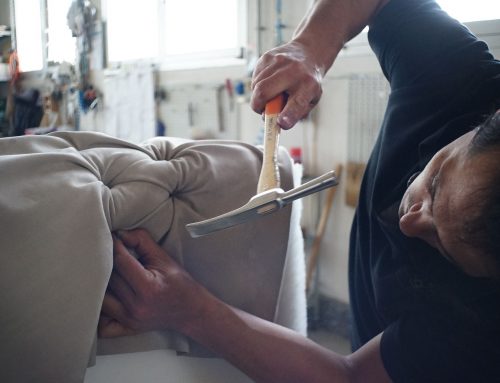
![Switch on your energy-saving mode, switch to the brighter world of LED [2min. reading time]](https://www.habits.ninja/wp-content/uploads/ImmagineLED-500x383.png)
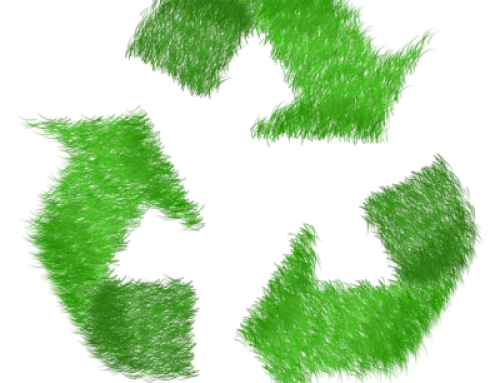
![Homemade vegetables: Spend less, taste more, waste nothing! [3min. reading time]](https://www.habits.ninja/wp-content/uploads/pexels-photo-348689-500x383.jpeg)









